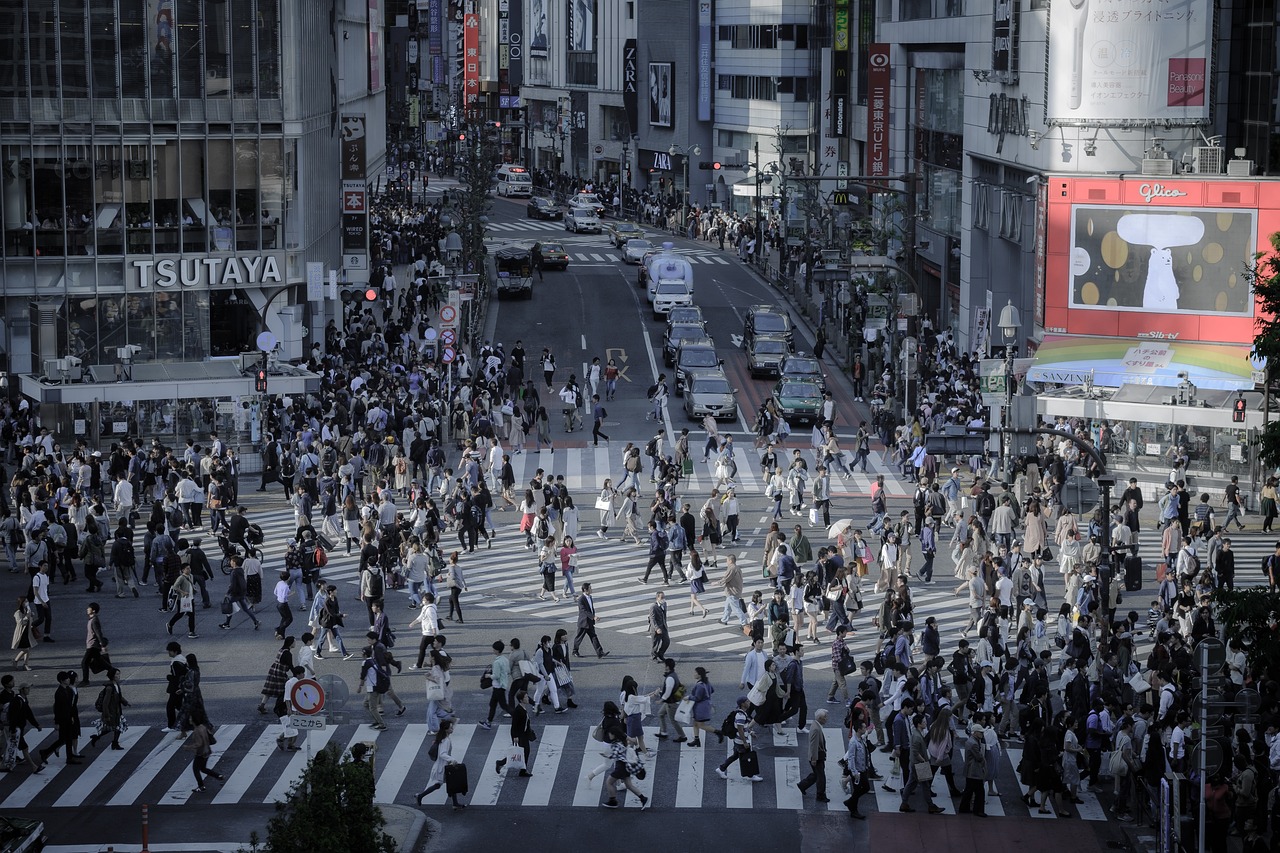If you’re learning Japanese, it’s important to know how to express location in various situations, whether you’re asking for directions, describing your whereabouts, or simply talking about places. In this post, we’ll introduce some basic ways to convey location in Japanese, along with examples and tips.
Using “Place + に (ni) + Verb (行く/いる/ある)”
One of the most basic and versatile ways to indicate location in Japanese is to use the structure “Place + に + Verb (行く/いる/ある),” where “ni” is the particle that marks the destination or location. Here are some examples:
- 公園に行く (kouen ni iku): Go to the park.
- 学校にいる (gakkou ni iru): Be at school.
- 家にある (ie ni aru): Have at home.
Note that the verb used after “ni” depends on the intended meaning and context. For instance, “iku” means “go” or “travel” to a place, while “iru” means “be” or “exist” at a place, and “aru” means “have” or “possess” at a place.
Using “Place + で (de) + Verb (する)”
Another way to express location in Japanese is to use the structure “Place + で + Verb (する),” where “de” is the particle that indicates the location where an action takes place. Here are some examples:
- 公園で遊ぶ (kouen de asobu): Play at the park.
- 学校で勉強する (gakkou de benkyou suru): Study at school.
- 家で食べる (ie de taberu): Eat at home.
Note that this structure is useful for describing activities or events that happen at a specific place, rather than just being there.
Using “Place + を (wo) + Verb (通る/超える/曲がる)”
A third way to convey location in Japanese is to use the structure “Place + を + Verb (通る/超える/曲がる),” where “wo” is the particle that marks the location where an action occurs. Here are some examples:
- 橋を渡る (hashi wo wataru): Cross the bridge.
- 角を曲がる (kado wo magaru): Turn at the corner.
- 道を通る (michi wo tooru): Pass through the street.
Note that this structure is useful for giving directions or describing movements in relation to a specific place or landmark.
Putting It All Together: Examples of Using Location Expressions in Conversation
To see how these location expressions can be used in real-life situations, let’s look at an example conversation where someone asks for directions and the other person responds:
Person A: すみません、駅はどこですか? (Sumimasen, eki wa doko desu ka?) – Excuse me, where is the station?
Person B: あそこからまっすぐ行って、左に曲がってください。この道をまっすぐ進んで信号を渡ったら、右手に大きな建物が見えます。その先に駅があります。(Asoko kara massugu itte, hidari ni magatte kudasai. Kono michi wo massugu susunde shingou wo watattara, migite ni ooki na tatemono ga miemasu. Sono saki ni eki ga arimasu.) – Go straight from there, turn left. Go straight on this street and cross the signal, then you’ll see a big building on your right. The station is beyond that.
In this example, Person B uses a combination of the three location structures we’ve introduced: “asoko” (there) as a reference point, “itte” (go) with “massugu” (straight) to indicate the direction, “hidari ni magatte kudasai” (turn left) with “michi wo massugu susunde” (go straight on this street) to provide more detailed directions, and “sono saki ni” (beyond that) to give a relative position to the station.
By mastering these basic location expressions, you’ll be able to communicate more effectively and confidently in Japanese, especially when navigating unfamiliar places or interacting with locals. Practice using them in various contexts and try to expand your vocabulary and grammar knowledge as well. With time and effort, you’ll be on your way to becoming a fluent Japanese speaker!



コメント